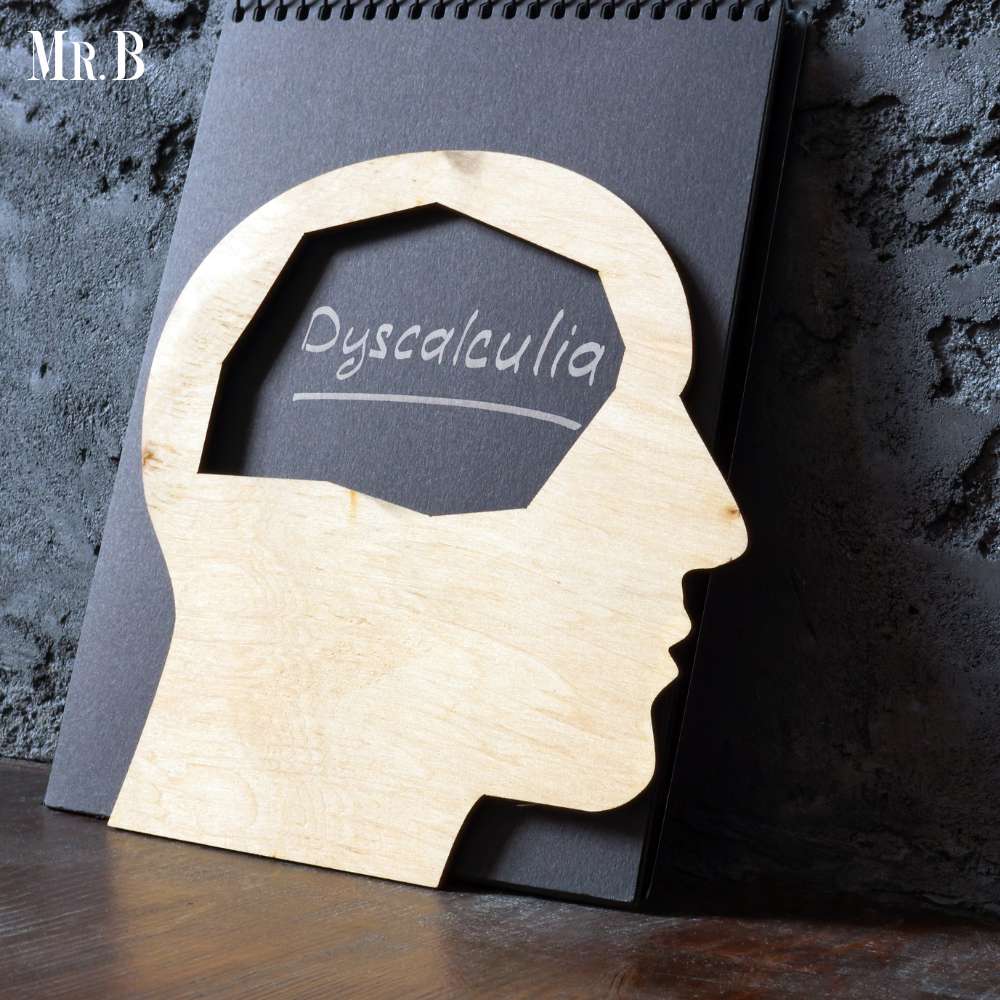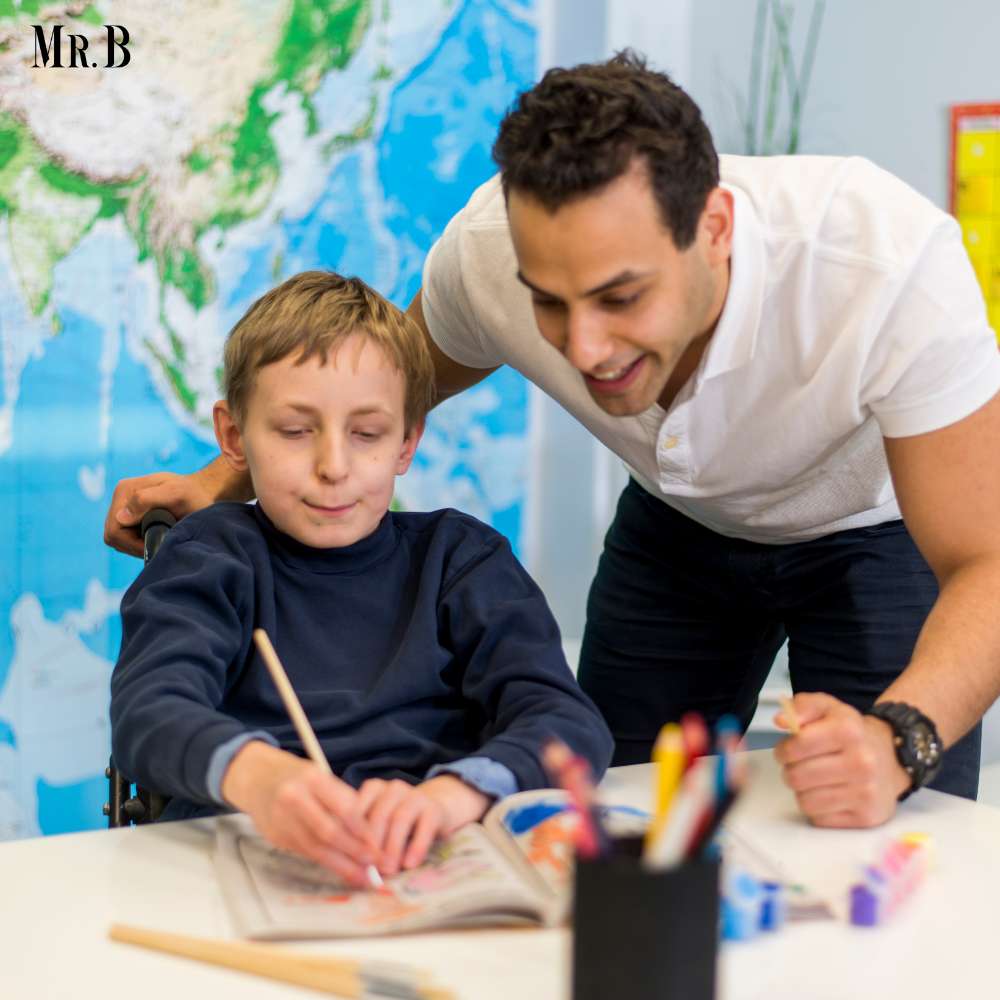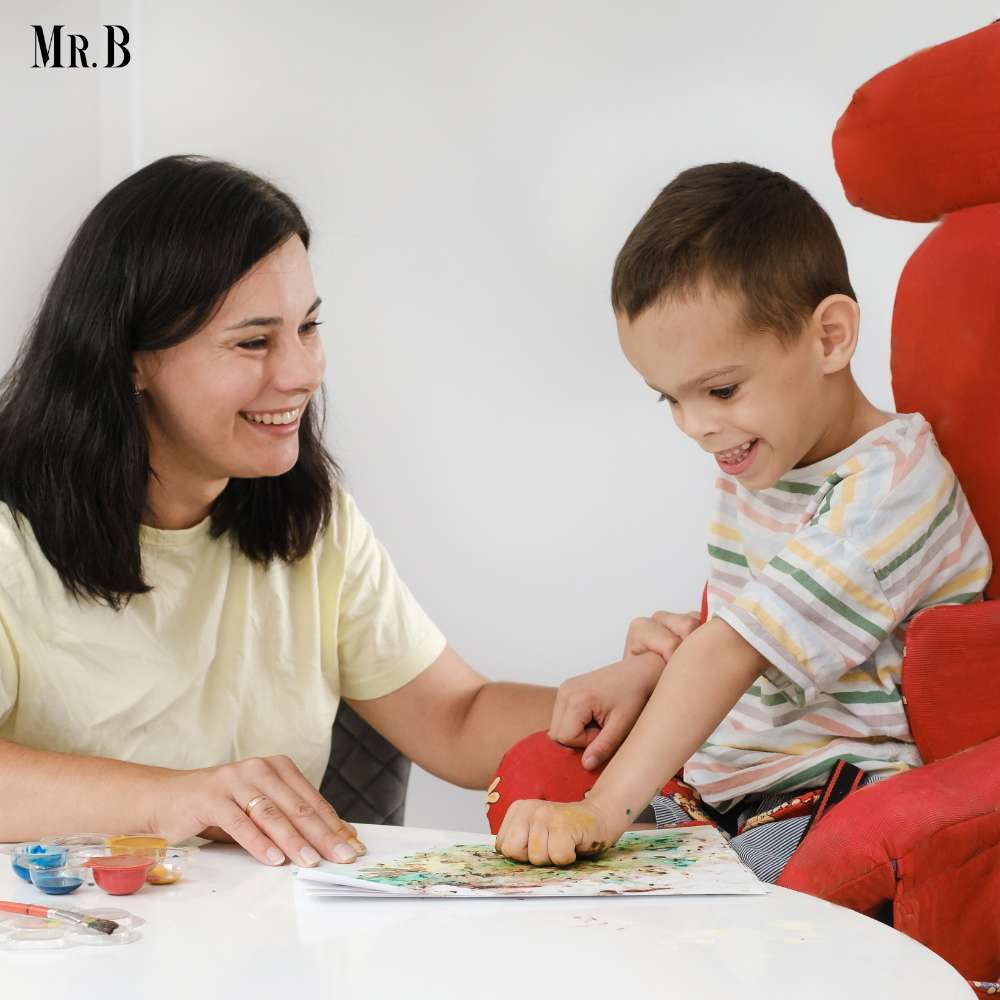Learning disabilities in education are disorders to process information. The brain does not give proper signals to the body to understand what is happening in front of you. The student himself and the parents have to put much effort into making the child literate. The student needs emotional and mental support from his parents and teachers. These disabilities significantly impact a student’s life and his ability to learn and grasp concepts.
A lot of special and dedicated attention is required for these students. Due to physical, mental, or social disorders, these children can’t do anything in a normal way. Other normal students of their age do those things much more easily. Everyday activities like tying shoelaces, judging the ball’s speed while playing, or performing some fine activity, all are pretty much difficult for them.
Let’s read more on: What are the Learning Disabilities in Education? A List of Disorders
Types and Disorders of Learning Disabilities:
Learning disabilities encompass a range of challenges that affect various aspects of a student’s learning journey. Here is a list of common types and disorders:
1. Dyslexia:
Dyslexia is a reading disorder that affects a person’s ability to read and comprehend text. It often involves difficulties with phonological processing and letter-sound recognition. In learning disabilities in education, dyslexia is the most commonly found symptom in children.
2. Dysgraphia:
Dysgraphia is a writing disorder characterized by impaired handwriting and difficulty with spelling and composition. It can make the act of writing laborious and frustrating. Writing is a fine activity. Within the learning disabilities in education, a writing act can be too tedious for some children.

3. Dyscalculia:
Dyscalculia is a math disorder that hampers a student’s ability to understand and work with numbers. It often involves difficulties with basic arithmetic and mathematical concepts. This is one of the common learning disabilities in education where children aren’t able to process simple math problems.
4. Attention-Deficit/Hyperactivity Disorder (ADHD):
While not solely a learning disability, ADHD can significantly impact a student’s ability to focus, concentrate, and manage time. This can affect their academic performance.
5. Auditory Processing Disorder:
Auditory processing disorder involves challenges in understanding and interpreting auditory information. This can impact listening comprehension and language development.
6. Visual Processing Disorder:
Visual processing disorder affects how the brain interprets visual information. It can lead to difficulties with tasks such as reading, writing, and recognizing shapes.
7. Language Processing Disorder:
Language processing disorder affects a student’s ability to process and understand language, both spoken and written. This can lead to difficulties in reading, writing, and comprehension.
8. Non-Verbal Learning Disability (NVLD):
NVLD is characterized by strong verbal skills but weaknesses in non-verbal areas. It can affect a student’s ability to understand social cues, spatial relationships, and fine motor skills.

Recognizing the Symptoms of Learning Disabilities in Education
Learning disabilities often manifest in various ways, and the symptoms can differ based on the specific type of disability. However, some common signs and symptoms include:
1. Reading Difficulties:
Struggling with reading, recognizing letters, and comprehending written text.
2. Writing Challenges:
Poor handwriting, spelling difficulties, and problems with written expression.
3. Math Struggles:
Difficulty with basic arithmetic, mathematical concepts, and problem-solving.
4. Attention and Focus Issues:
An inability to concentrate, maintain attention, and complete tasks.
5. Language and Communication Problems:
Struggles with verbal and written communication, including understanding and using language effectively.
6. Sensory Processing Challenges:
Difficulty processing sensory information, which can impact fine motor skills, spatial awareness, and social interactions.
What Psychologists Want You to Know About Learning Disabilities in Education?
Psychologists play a crucial role in understanding and supporting students with learning disabilities. Here’s what they want you to know:
1. Diagnosis is Key:
A formal assessment and diagnosis by a qualified psychologist are essential for understanding the nature of the learning disability and developing appropriate strategies and interventions.
2. Individualized Support is Vital:
Each student’s learning disability is unique. Psychologists work to create individualized plans that address specific challenges and leverage the student’s strengths.
3. Early Intervention is Effective:
Identifying and addressing learning disabilities early is critical. Early intervention can prevent further academic and emotional difficulties.
4. Self-Esteem Matters:
Learning disabilities can take a toll on a student’s self-esteem. Psychologists work to boost self-confidence and self-advocacy skills.
5. A Holistic Approach is Best:
A holistic approach considers not only the academic challenges but also the social and emotional well-being of the student. Psychologists address the whole person.

Steps for Parents: Supporting Your Child with Learning Disabilities in Education
Parents play a fundamental role in helping their children navigate learning disabilities. Here are some steps parents can take:
1. Early Identification:
If you suspect your child has a learning disability, seek a professional evaluation as early as possible.
2. Open Communication:
Maintain open and supportive communication with your child. Encourage them to share their challenges and feelings.
3. Advocacy:
Become an advocate for your child’s educational needs. Work with teachers, school administrators, and specialists to ensure they receive appropriate accommodations and support.
4. Establish Routines:
Consistent routines and structures can help students with learning disabilities manage their time and tasks effectively.
5. Explore Support Services:
Many schools offer support services, such as special education programs, speech therapy, and occupational therapy. Explore these resources to see which ones are most beneficial for your child.
6. Encourage Self-Advocacy:
Teach your child to advocate for themselves. Help them understand their strengths and challenges and how to communicate their needs effectively.
7. Celebrate Achievements:
Recognize and celebrate your child’s achievements, no matter how small. Positive reinforcement can boost their confidence.
8. Patience and Empathy:
It’s important to approach the challenges your child faces with patience and empathy. Learning disabilities can be frustrating, and a supportive environment is essential.
Conclusion
Learning disabilities in education present unique challenges, but with understanding, support, and appropriate interventions, students can overcome these obstacles and excel. By recognizing the different types and disorders, understanding the symptoms, and seeking guidance from psychologists, parents can provide the necessary support for their children. Early intervention and a holistic approach can empower students to thrive academically and emotionally, demonstrating that learning disabilities do not define their potential but rather make them resilient and determined individuals on their educational journey.








